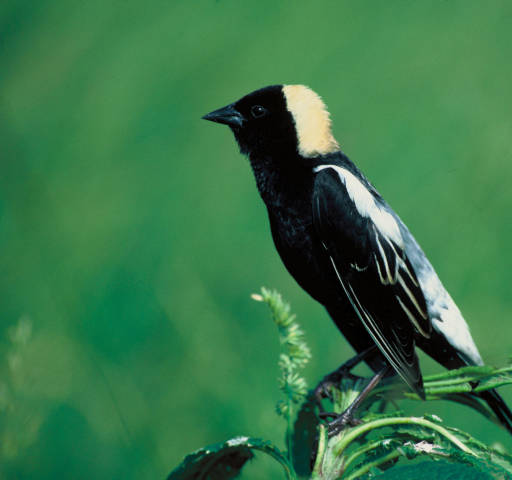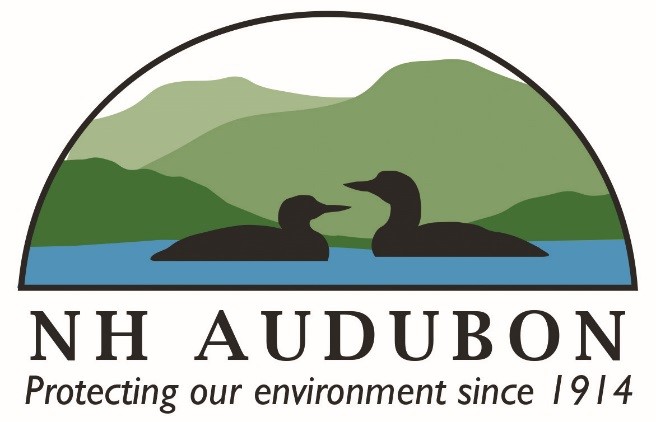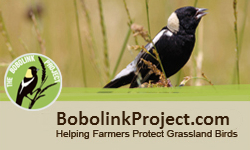BOBOLINKS
Dolichonyx oryzivorus
 Bobolinks are known for their bubbling songs and their striking black and white plumage. Once common in hayfields throughout the Northeast, Bobolinks have been in decline since the 1900s. Their decline is hastened by the intensification of farming practices: many fields are now being mowed earlier and more frequently than they were in the past.
Bobolinks are known for their bubbling songs and their striking black and white plumage. Once common in hayfields throughout the Northeast, Bobolinks have been in decline since the 1900s. Their decline is hastened by the intensification of farming practices: many fields are now being mowed earlier and more frequently than they were in the past.
Bobolinks are adversely affected by mowing as they nest on the ground, forming their homes from twigs and grass. They arrive in New England to breed in mid-late May, with young hatching in mid-June. Hatching occurs at the same time when many farmers harvest their first cut of hay, resulting in nest failures.
Fun Facts
A group of Bobolinks is called a chain.
Over their lifetime, a Bobolink can travel over 100,000 miles—that’s equal 4 or 5 times around the Earth’s equator, or halfway to the Moon.
Bobolinks have inspired many poets including Emily Dickinson and William Cullen Bryant.
Nicknames include: White-winged Blackbird, Butter Bird, Rice Bird and Reed Bird.
A Bobolinks’ song if often likened to R2-D2. Listen to their call
By late July, large groups of birds can be seen perched together on stalks of wildflowers, as they prepare for their long journey south. In the fall, these small birds make an extraordinary flight of approximately 6,000 miles to spend the winter in central South America (Argentina, Brazil, and Paraguay). The following spring, they return to the northeast, often to the same field, making it even more important to balance agriculture with wildlife habitat.
Conserving Bobolink habitat will also aid in maintaining populations of other declining grassland birds such as Eastern Meadowlark, Savannah Sparrow, Upland Sandpiper, and Grasshopper Sparrow. The conservation of grassland birds is intricately tied to a healthy agricultural industry!






